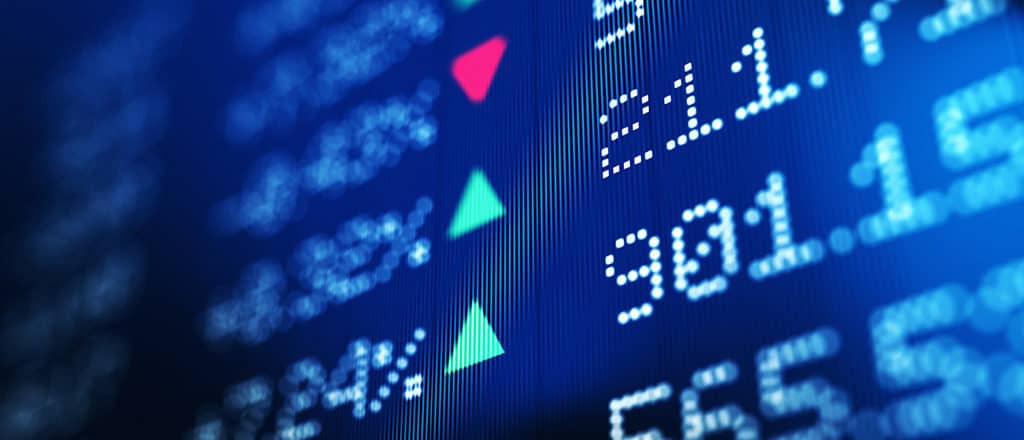
Stock futures were mixed in Wednesday’s after-hours session, with investors awaiting the latest read on the jobs market, still unsettled by spiking prices that could throttle the recovery.
During Wednesday’s regular session, fears of rising inflation hammered Wall Street after grim consumer price data sparked a sell-off in blue chip and technology shares, amplifying new concerns about the rebound from COVID-19. The Dow Jones Industrial Index (^DJI), S&P 500 Index (^GSPC) and Nasdaq (^IXIC) all plummeted, closing more than 2% lower on the day. Tech stocks suffering their worst day since March 18, according to Yahoo Finance data, while the Dow had its worst showing since late January.
“It’s good to take a breather, we’ve had such exceptional performance over the past year or so,” Teddy Parrish, founder of Parrish Capital, told Yahoo Finance on Wednesday. “This pullback today — it’s just common sense.”
After Friday’s disappointing U.S. jobs report, all eyes on Thursday will be on initial jobless claims, which Wall Street expects to remain below the psychologically-important threshold of 500,000.
A weekend cyber-attack sharply drove up the cost of gas nationwide while sparking shortages, and those fears were partly alleviated after Colonial Pipeline — operator of the nation’s largest fuel pipeline network — said late Wednesday that it began restarting service to the East Coast.
However, the episode reflected widening fears that price pressures across a range of goods and sectors may be rousing themselves from an extended slumber. Although the U.S. economy is poised to grow at breakneck speed this year — which has underpinned rallying stocks — mounting supply shortages in the face of surging demand are threatening to fan inflation.
Those fears crystallized early Wednesday, after the government reported that headline consumer prices surged by a faster than expected 4.2% last month. Excluding food and energy, prices jumped 0.9 percent in April (SA) and are up 3.0 percent over the year.
“It’s not a matter of whether inflation is going to be firming over the next couple of months … it will,” Garrett Melson, a portfolio strategist at Natixis Investment Manager Solutions, told Yahoo Finance on Wednesday.
“The bigger story is whether we’re seeing a persistent and structural shift higher in prices,” he added.
A system-wide disruption following a cyberattack on a key energy pipeline operator has sent gasoline prices higher, accelerating an already upward-moving trend in energy prices as demand for travel and fuel resurges coming out of the COVID-19 pandemic.
The tableau of faster growth and soaring prices complicates the Federal Reserve’s policy of allowing the economy to run hot — and Wall Street’s willingness to take the central bank at its word.
Investors have in turn also been pondering when the Fed might step in and adjust its highly accommodative monetary policies to stave off rising inflation. Many policymakers, however, have remained of the view that the central bank needs to keep rates low and sustain asset purchases at their current, aggressive rate to support the economy, which is still emerging from a worldwide health crisis.